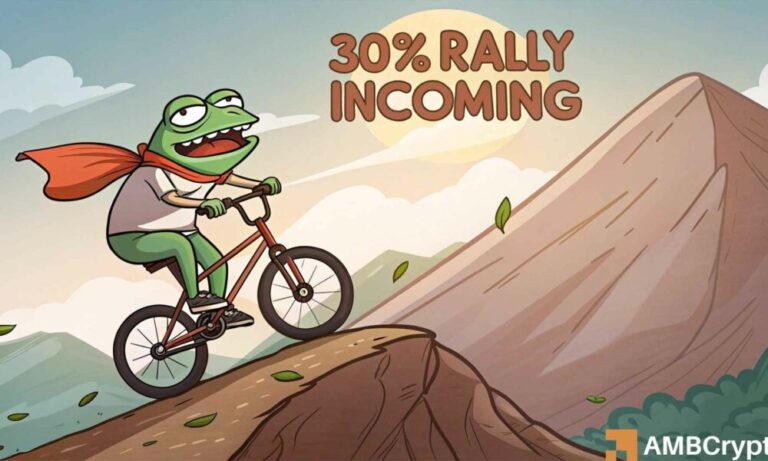Uncovering the Potential: Fed’s Daly Optimistic About Economic Growth, But Holds Off on Rate Cuts Until Stronger Signals Emerge
San Francisco Fed President Mary Daly
Highlighting the Shift Towards a Data-Dependent Approach
San Francisco Fed President Mary Daly recently spoke about the Federal Reserve’s stance on the economy, signaling optimism about potential economic growth. Daly emphasized the importance of taking a more data-dependent approach, moving away from extensive forward guidance that the Fed has relied on in the past.
In a Bloomberg TV interview, Daly highlighted the need for a methodical decision-making process, stating that the Fed intends to hold off on rate cuts until stronger signals emerge. She stressed the importance of being flexible and adaptive in the current economic environment, avoiding predefined commitments that could restrict the Fed’s ability to respond effectively to changing conditions.
Daly’s comments suggest that the Fed is taking a cautious and deliberate approach to monetary policy, closely monitoring economic indicators and waiting for clearer signals before making any significant changes. While Daly sees positive signs of growth in the economy, she believes that it is important to wait for more concrete evidence of sustained improvement before considering any adjustments to interest rates.
How This Will Affect You
For individual consumers and borrowers, the Fed’s decision to hold off on rate cuts until stronger signals emerge may mean that interest rates on loans and credit cards will remain relatively stable in the near term. If the economy continues to show signs of improvement, the Fed may eventually raise rates to prevent inflation, which could increase the cost of borrowing for consumers.
On the other hand, if economic conditions worsen and the Fed decides to cut rates in the future, this could make borrowing more affordable for consumers, potentially leading to lower mortgage rates and easier access to credit. Overall, the Fed’s cautious approach to rate cuts is aimed at maintaining stability in the financial markets and supporting sustainable economic growth.
How This Will Affect the World
Internationally, the Fed’s stance on rate cuts and economic growth has far-reaching implications for global financial markets and economies. Changes in US interest rates can influence foreign exchange rates, trade flows, and investment decisions around the world, impacting both developed and emerging markets.
If the Fed decides to hold off on rate cuts until stronger signals emerge, this could lead to increased volatility in global markets as investors react to uncertainty about the future direction of US monetary policy. On the other hand, if the Fed eventually decides to cut rates in response to weaker economic conditions, this could provide a boost to global growth but may also raise concerns about the health of the US and global economies.
Conclusion
In conclusion, Fed President Mary Daly’s comments reflect a cautious and data-driven approach to monetary policy, with an emphasis on waiting for stronger signals before considering any changes to interest rates. While Daly is optimistic about the potential for economic growth, she believes that it is important for the Fed to be methodical in its decision-making process and avoid predefined commitments that could limit its flexibility.
Individual consumers and businesses should pay close attention to future developments in US monetary policy, as changes in interest rates can have significant implications for borrowing costs and overall economic conditions. Globally, the Fed’s decisions on rate cuts and economic growth will continue to influence financial markets and economies around the world, shaping the outlook for global growth and investment.




